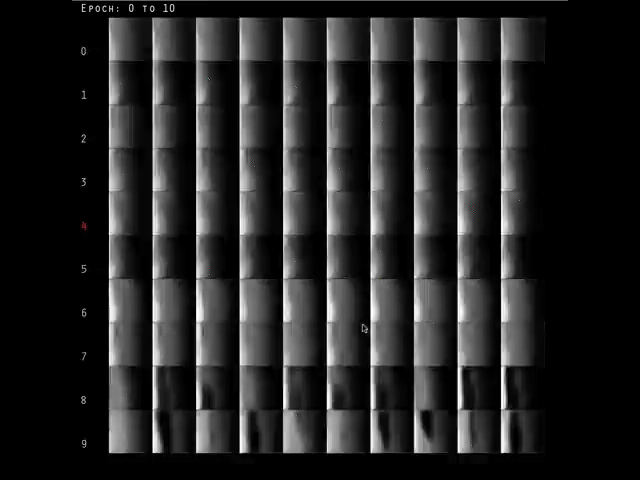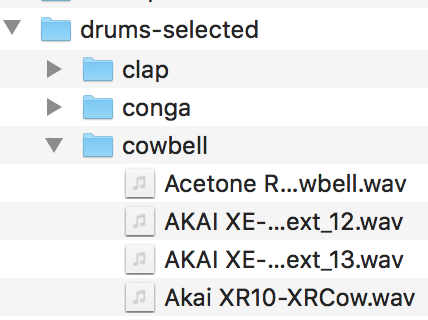naotokui / Specgan
Programming Languages
Projects that are alternatives of or similar to Specgan
SpecGAN - generate audio with adversarial training
an unofficial implementation of SpecGAN, a Generative Adversarial Network model for generating spectrogram images, proposed in: Donahue, C., McAuley, J., & Puckette, M. (2018). Synthesizing Audio with Generative Adversarial Networks. http://arxiv.org/abs/1802.04208
Requirements
- keras >= 2.1
- tensorflow >= 1.4
- librosa
- soundfile
- Python 2
Dataset
Audio files for the training should be placed in the following manner: each directory (clap, conga...) in the root directory (drums-selected) contains sounds belonging to the category respectively.
For your convenience, here is a small dataset of drum machine sounds.
Preprocess
At first, you need to create a .npz archive containing normalized spectrogram images of training audio files and category info. It may take a few minutes to an hour depending on the number of files in your dataset.
$ python preprocess_audio.py -i ./drums-selected/ -o ./training_data.npz
Training
Then, start training using the created training data!
$ python specgan_categorical.py -i ./training_data.npz -o ./checkpoints -e 200
-i filepath to the training data created with proprocess_audio.py
-e number of Epochs
-o path to a directory, where the script saves generated spectrogram images, audio and models
Generate Sounds
Once trained, you can use the trained models to generate random sounds and classify them. see this jupyter notebook.
Result
In the training process, the script generates spectrogram images and audio from random seeds in the directory specified with -o argument, so that you can check how the training goes.
If you are interested in how it actually sounds, please take look at this short video clip. In this video, I tried to keep generating random drum sounds from random seeds, classifying them with a trained discriminator and replacing the sound in the drum kit. It ended up an ever-changing drum sequence.
GAN-808 Drum Machine (YouTube)

Credits 🙏
-
The implementation of Improved Wasserstein GAN proposed in https://arxiv.org/abs/1704.00028 was based on a keras implementation.
-
Spectrogram to Audio conversion (Griffin-Lim algorithm) was based on Yunchao He's implementation.


